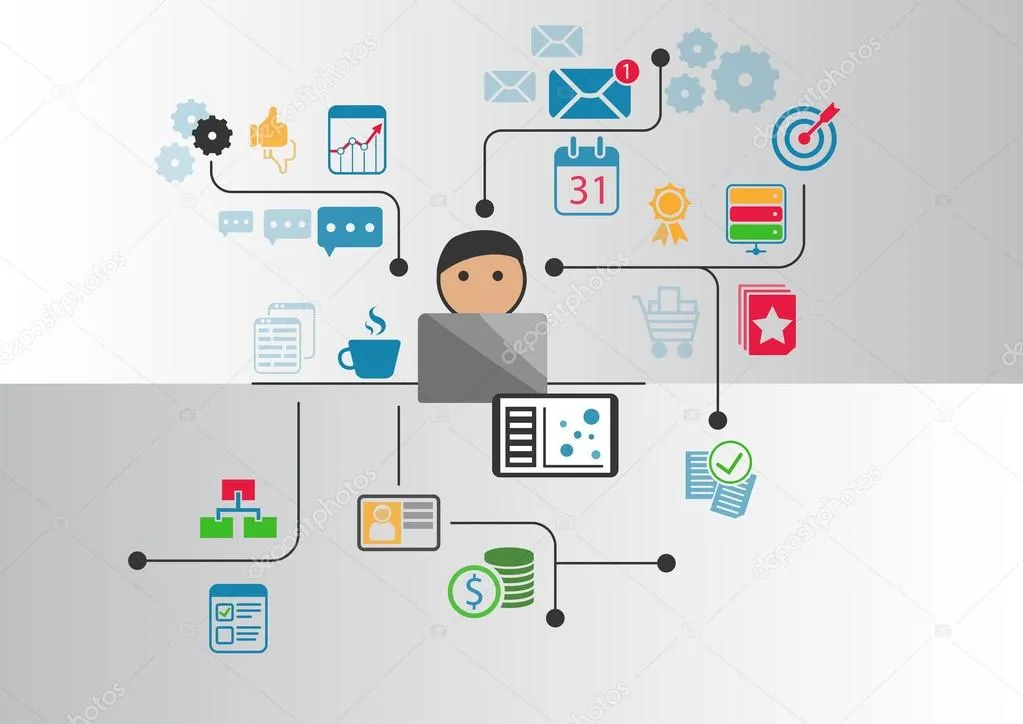Mentally turning work off at the end of the day has consistently been among the top 10 sources of stress ever since I started researching workplace stress back in the early 1990s.
With the COVID threat diminishing among U.S. workers, many of my clients have elected to take advantage of the home/office hybrid work arrangement recently offered to them by their organizations. To the surprise of some of my clients, adjusting themselves to working from home full time or part-time hasn’t been the cakewalk they anticipated. They missed during the lockdown days, when they worked exclusively from home, was their commute to home at the end of their workday. They tell me it afforded them a welcomed personal break which, in effect, allowed them to shed the day’s pressures before arriving home.
When working remotely at home, these clients admit that it’s convenient to shift from your company computer to your personal computer and quickly wrap things up and call it a day. But the problem they have with that is they get immediately immersed into what’s happening among family and friends. There’s no break. There’s no time to shake off the day’s pressure hangover. Worries about work are so quickly blurred into issues involving the home setting. They complain that even with their new hybrid schedule, which split the week’s home/office days, on home days, they miss that half-hour commute time when they can comfortably ponder work issues while anticipating the comforts or obligations awaiting them at home.
If you’ve ever experienced even a snippet of this workplace-to-homeplace transition challenge, you’re not alone! And realize there’s a lot you can do to adapt your way around it. The solution lies within your own thinking.
Strategies For Mentally Disengaging From Work At Will
Addressing this transition involves recognizing that mentally disengaging from work is a skill within your control to execute. Some proven approaches came out of the “Strategies for Enhancing Performance”*a seven-year study involving experimental control subjects. These strategies will help you disengage from work regardless of whether you commute or are an at-home employee:
1. Set a Definite Work Close-out Time. If your work makes it necessary for you to check-in during the evening or early morning hours, set specific times to log on. Very importantly, let key people know your plan so they can coordinate and work around your schedule.
2. Create Your End-of-Day Symbol. Just as the commute home helps to symbolize the separation of work from home life, you want to create a symbol to signify the end of your workday mentally.
It’s something I call “The Anchor Quick Charge.”**It could be cleaning off your desk or putting your reading glasses in your pocket. For me, it’s closing my office door. Practice consistently working with your symbol for at least two weeks before assessing its overall effectiveness. For more self-initiated strategies such as this, check out “Quick Charges”**at www.drdebbright.com.
3. Give Yourself Personal Time. On days you work at home, give yourself some personal time before engaging with family members or loved ones, whether it’s time alone to sit, meditate, watch TV, or exercise. Measure how much time you need to mentally make the shift before meeting with family members or friends.
4. Try to Stay in the Present. When engaging with loved ones or friends, make a pact to avoid asking each other questions like, “How was your day?” Raising this sort of question mentally brings to the forefront everything you’ve been trying to tuck neatly away. Instead, ask something like, “Anything new or exciting happen today?” and see how everything you’ve tried to put behind you stays there. Besides, asking this question helps to get your evening off to a good start.
You might want to use this four-step approach regardless of whether you work remotely or not. It’s a great routine to follow, and when you do, you’ll be controlling your work as opposed to being controlled by your work!
*National study completed collaboratively with New York-Presbyterian Hospital and Bright Enterprises 2003 – 2010
**AnchorQuick Charge - a technique that I developed years ago that is used instantly in situations without detection from others to direct stress positively and help you perform at your best.
Check out more Quick Charges at www.drdebbright.com.
Deborah Bright is the founder and president of Bright Enterprises, Inc., an executive coaching and training organization, and the author of six books, including The Truth Doesn’t Have to Hurt: How to Use Criticism to Strengthen Relationships, Improve Performance, and Promote Change (AMACOM, 2014).









